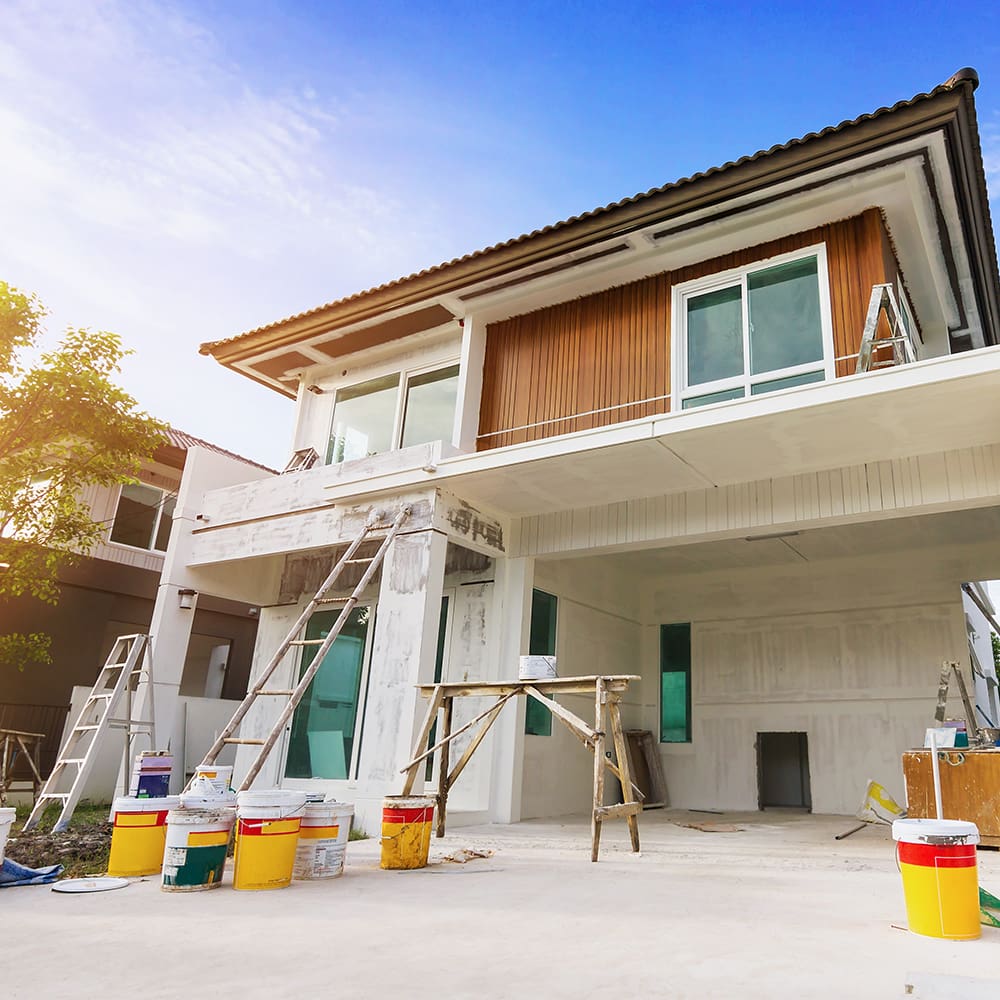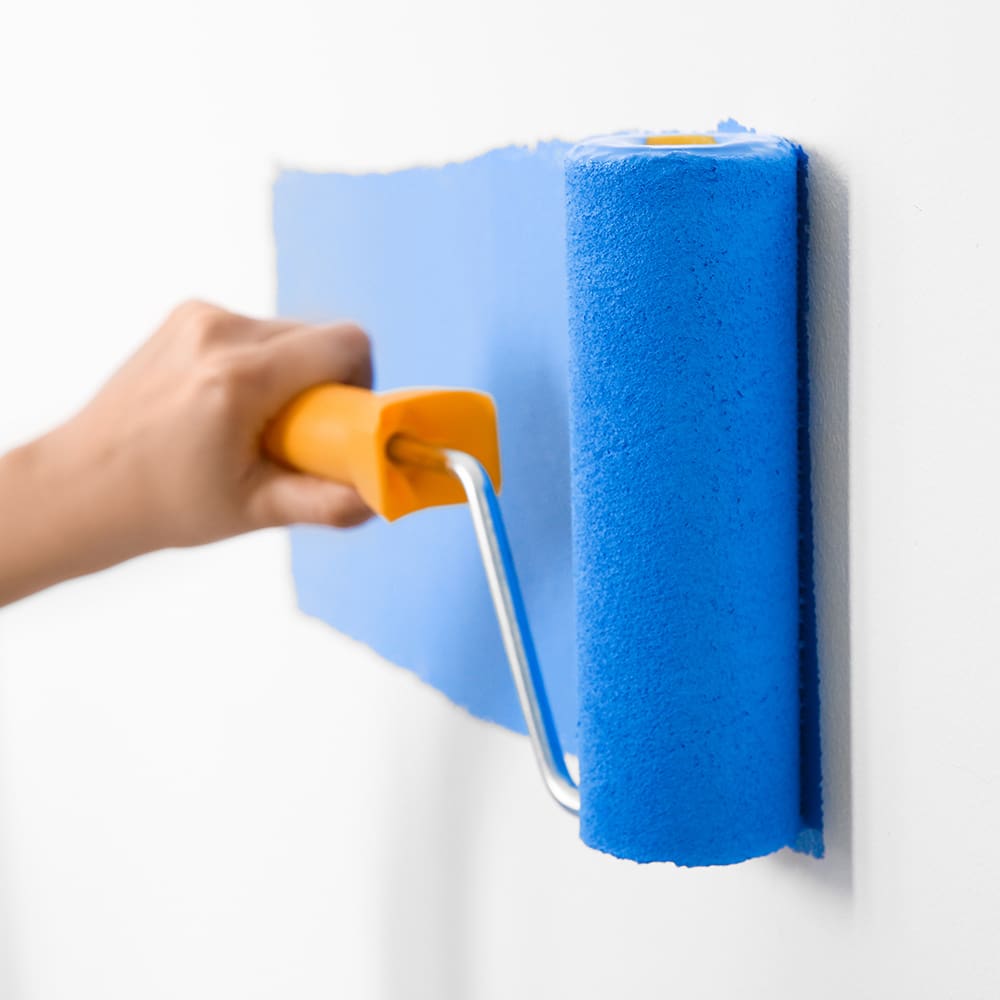How Much Does It Cost to Paint or Stain Your Home’s Exterior?

Are you considering sprucing up your home's exterior? Whether it's painting or staining, updating the exterior can significantly boost your home's curb appeal and value. But how much should you expect to spend on this project? This blog post breaks down the costs involved in painting or staining your home's exterior, helping homeowners make informed decisions.
In this article
Are you considering sprucing up your home’s exterior? Whether it’s painting or staining, updating the exterior can significantly boost your home’s curb appeal and value. But how much should you expect to spend on this project? This blog post breaks down the costs involved in painting or staining your home’s exterior, helping homeowners make informed decisions.
Introduction
Updating your home’s exterior with a fresh coat of paint or stain is a popular home improvement project. Not only does it enhance your home’s appearance, but it also protects it from the elements. However, before you start, it’s crucial to understand the costs involved. This guide will provide an in-depth look at the factors influencing the cost of exterior painting and staining, helping you budget for your project effectively.
Factors Influencing Costs
Size of Your Home
The size of your home is one of the most significant factors affecting the cost of painting or staining. Larger homes require more paint or stain, more labor, and ultimately more time to complete. For instance, painting a 1,500-square-foot home will cost less than painting a 3,000-square-foot home.
Type of Material
The type of material you’re painting or staining also impacts the cost. Different materials absorb paint and stain differently, requiring varying amounts of product and preparation. Wood, for example, often requires more stain due to its porous nature, while brick might need special primers and sealers.
Quality of Paint or Stain
The quality of the paint or stain you choose will also affect the overall cost. High-quality paints and stains can be more expensive but offer better coverage, durability, and longevity. Investing in premium products can save you money in the long run by reducing the need for frequent touch-ups.
Labor Costs
Professional vs. DIY
Deciding whether to hire a professional or tackle the project yourself is another crucial factor. Professional painters bring expertise, efficiency, and high-quality results, but their services come at a cost. On the other hand, DIY projects can save money but require significant time, effort, and skill.
Hourly Rates
Professional painters typically charge by the hour or by the square footage. Hourly rates can range from $25 to $75, depending on the painter’s experience and location. It’s essential to get multiple quotes to ensure you’re getting a fair price.
Additional Labor Costs
Additional labor costs may include surface preparation, such as scraping old paint, sanding, and minor repairs. These tasks are essential for achieving a smooth, long-lasting finish but can add to the overall cost.
Materials and Supplies
Paint or Stain
Calculating the amount of paint or stain needed for your project is crucial. On average, a gallon of paint covers about 350 square feet, while a gallon of stain covers about 150 square feet. Multiply the total square footage of your home’s exterior by the number of coats required to determine the amount needed.
Primers and Sealers
Using primers and sealers is essential for achieving a professional finish, particularly when painting porous materials like wood or brick. These products help the paint adhere better and last longer, but they also add to the overall cost.
Tools and Equipment
If you’re doing the project yourself, you’ll need to invest in tools and equipment such as brushes, rollers, ladders, and drop cloths. Renting or purchasing these items can add to your budget but is necessary for a successful project.
Regional Pricing Variations
Cost of Living
The cost of painting or staining your home’s exterior can vary significantly depending on your location. Areas with a higher cost of living typically have higher labor and material costs. It’s essential to factor in these regional differences when budgeting for your project.
Seasonal Considerations
The time of year can also influence the cost of exterior painting and staining. Summer and early fall are peak seasons for outdoor projects, which can drive up prices due to higher demand. Scheduling your project during the off-season may help you secure better rates.
Potential Additional Costs
Repairs and Maintenance
Before you begin painting or staining, it’s crucial to address any necessary repairs. Fixing damaged siding, replacing rotten wood, or sealing cracks can add to the overall cost but is essential for a successful project.
Permits and Inspections
Some areas may require permits or inspections for exterior painting or staining projects. Check with your local authorities to determine if these requirements apply to your project, as they can add to the overall cost.
Cleaning and Preparation
Proper cleaning and preparation are vital for achieving a smooth, long-lasting finish. Power washing, scraping, and sanding can add to the overall cost but are necessary steps for a professional result.
Comparing Quotes
Getting Multiple Quotes
To ensure you’re getting a fair price, it’s essential to get quotes from multiple contractors. Compare their prices, services, and reviews to make an informed decision.
Verifying Credentials
Check the credentials of any contractor you’re considering. Ensure they have the necessary licenses, insurance, and experience to handle your project.
Reading Reviews
Reading reviews from previous customers can provide valuable insights into a contractor’s quality of work and customer service. Look for consistent positive feedback and any potential red flags.
DIY or Professional?
Benefits of Hiring a Professional
Hiring a professional painter offers several advantages, including expertise, efficiency, and high-quality results. Professionals can handle complex tasks, such as surface preparation and repairs, ensuring a smooth and long-lasting finish.
DIY Considerations
While tackling the project yourself can save money, it’s essential to consider the time, effort, and skill required. DIY projects can be rewarding but may result in subpar results if not done correctly.
Making the Decision
Ultimately, the decision to hire a professional or go the DIY route depends on your budget, time, and comfort level with the project. Consider the pros and cons of each option to make the best choice for your needs.
Budgeting for Your Project
Setting a Budget
Setting a realistic budget is crucial for a successful exterior painting or staining project. Factor in all potential costs, including materials, labor, and additional expenses, to avoid any surprises.
Contingency Fund
It’s always a good idea to set aside a contingency fund for unexpected expenses. Unforeseen issues, such as repairs or additional materials, can arise during the project, and having a buffer can help you stay on track.
Tracking Expenses
Keep track of all expenses throughout the project to ensure you stay within your budget. Regularly reviewing your spending can help you make any necessary adjustments and avoid overspending.
Conclusion
Refreshing your home’s exterior with a new coat of paint or stain is a worthwhile investment that can enhance its appearance and value. By understanding the various factors that influence the cost, you can budget effectively and make informed decisions for your project. Whether you choose to hire a professional or tackle the project yourself, proper planning and preparation are key to achieving a beautiful, long-lasting finish.




